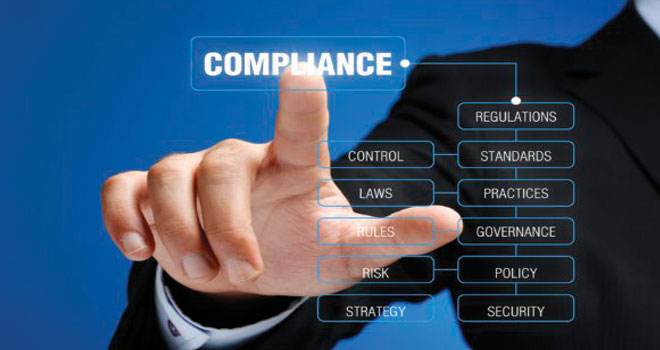A recent article by Patrick Cairns in Moneyweb provides an interesting perspective on the role of technology in the ever increasing challenge that compliance is becoming.
The advent of Twin Peaks means that companies will no longer be tested on processes and procedures, but what they actually end up delivering. Financial services providers will still be told what to do, but it is left up to them to decide how they will do it.
“At the moment, for example, we require all financial services providers above a certain size to have a compliance officer,” explains the Financial Services Board’s (FSB) head of FAIS, Caroline da Silva.
“Under the new framework, the company will be required to have compliance that is structured in a way that is appropriate to the risks and complexities of the business,” she adds. “It must have systems and controls in place to provide monitoring, but we don’t specify exactly how that must be done.”
For Michael Meadon from Thomson Reuters, this has two significant consequences.
“Firstly, a tick-box, rules-based approach may force institutions to do things that don’t actually advance the regulator’s desired outcome,” he says. “Having decided that customers have to be treated fairly, the regulator may decide that all financial services companies have to do certain things. But doing those things might not necessarily lead to the outcome the regulator wants, and so they have imposed a cost with no corresponding benefit.”
“Allowing companies flexibility, removes that risk,” Meadon says. “And, secondly, it allows for greater adoption of technology.”
Currently, a lot of compliance functions have to be performed manually, because that is what is prescribed. But a lot of this work could be performed more efficiently and effectively by computers.
Click here to read the full Moneyweb article.



